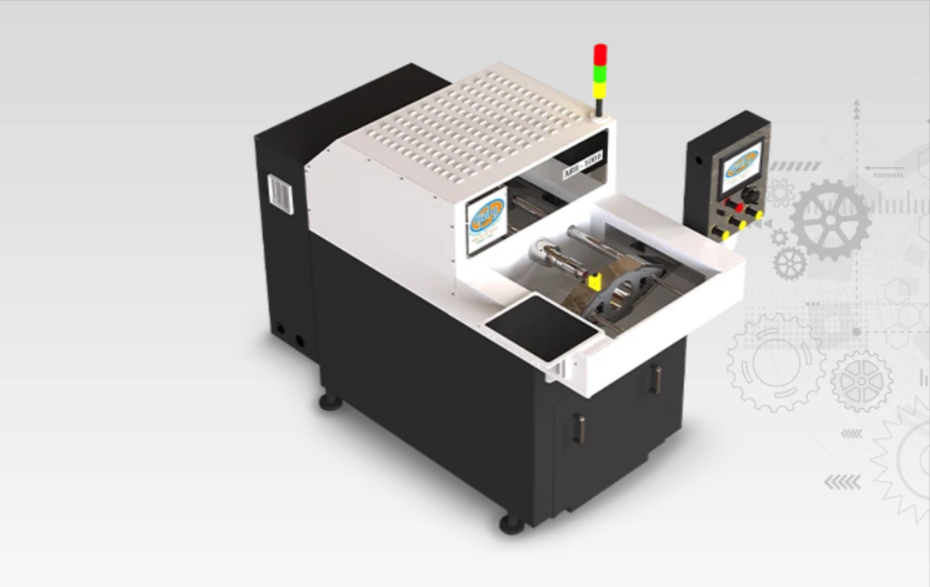
Advantage Horizontal Honing Machine Than Vertical Honing Machine?
Horizontal Honing Machines have several advantages over vertical honing machines

Better Accuracy and Consistency: Horizontal Honing Machines are better suited for achieving high accuracy and consistent results because they allow for better control over the honing process. The horizontal orientation of the honing tool provides more stability, which reduces the chances of errors or inconsistencies in the honing process.
Increased Productivity: Horizontal honing machines are designed to handle larger workpieces and can be used to hone multiple parts simultaneously, which increases productivity and reduces the overall time required for honing operations.
Easier Loading and Unloading of Parts: With a horizontal honing machine, parts can be loaded and unloaded easily from the side of the machine, without the need for complex handling systems. This makes the process more efficient and reduces the risk of damage to the workpiece.
Better Access for Maintenance and Repairs: Horizontal Honing Machines are generally easier to access and maintain than vertical machines, as the honing tool can be easily removed and replaced from the side of the machine.
Better Accessibility: In a horizontal honing machine, the honing tool and workpiece are positioned horizontally, making it easier for the operator to access and manipulate the workpiece during the honing process. This can be particularly advantageous when honing larger and heavier workpieces, which may be difficult to handle in a vertical orientation.
Improved Consistency: Horizontal Honing Machines typically provide more consistent and uniform results across the entire length of the workpiece than vertical honing machines. This is because the horizontal orientation allows for better distribution of honing pressure and eliminates the effect of gravity on the honing process.
Increased Flexibility: Horizontal honing machines are often more versatile than vertical honing machines, as they can accommodate a wider range of workpiece sizes and shapes. This is because the horizontal orientation allows for greater flexibility in the positioning and orientation of the workpiece.
Higher Throughput: Horizontal honing machines can often achieve higher throughput rates than vertical honing machines, as they can be equipped with multiple spindles and tooling configurations to allow for simultaneous honing of multiple workpieces. This can be particularly advantageous for high-volume production applications.
More Flexibility in Tooling Options: Horizontal honing machines offer greater flexibility in terms of tooling options, as they can accommodate a wider range of honing tools and abrasive sizes. This allows for a greater range of honing operations to be performed, including both roughing and finishing.
Overall, the choice between a horizontal honing machine and a vertical honing machine depends on a variety of factors, including the size and shape of the workpiece, the desired throughput rate, and the specific requirements of the honing process.
Appreciate the creator